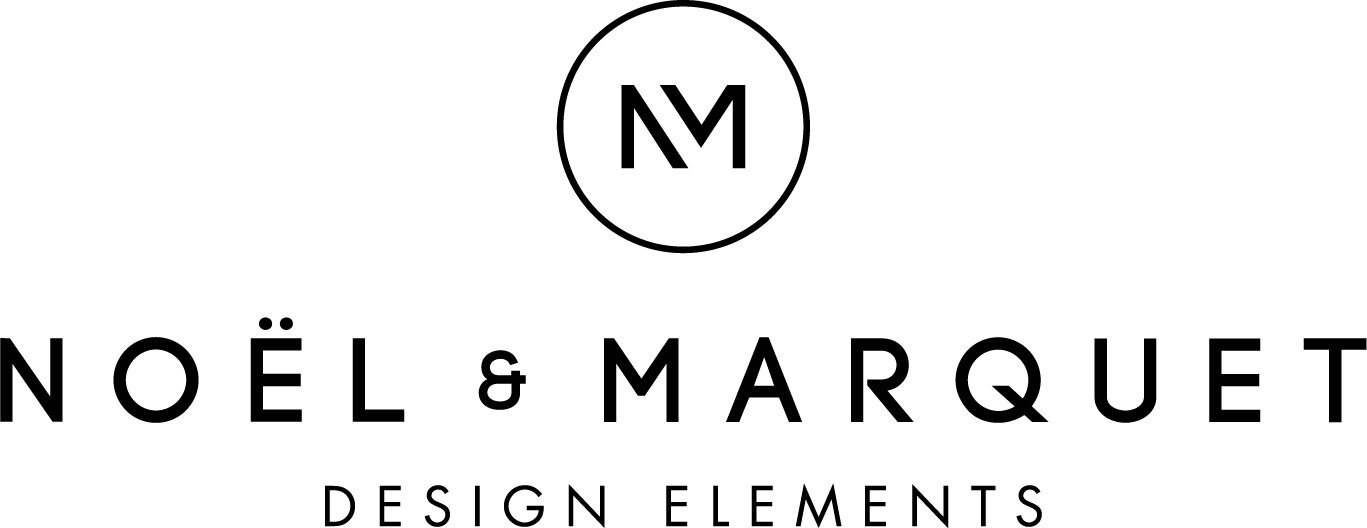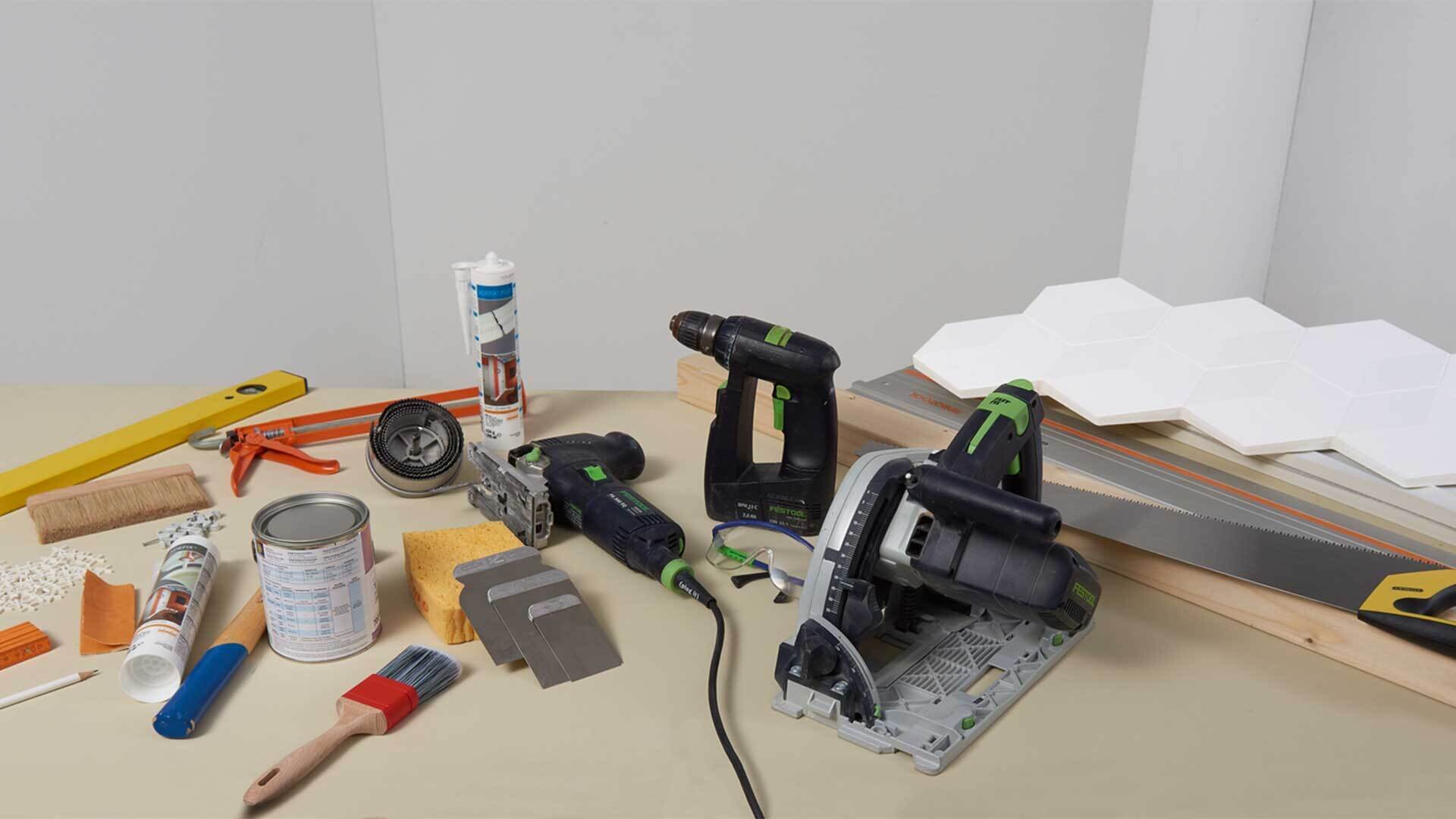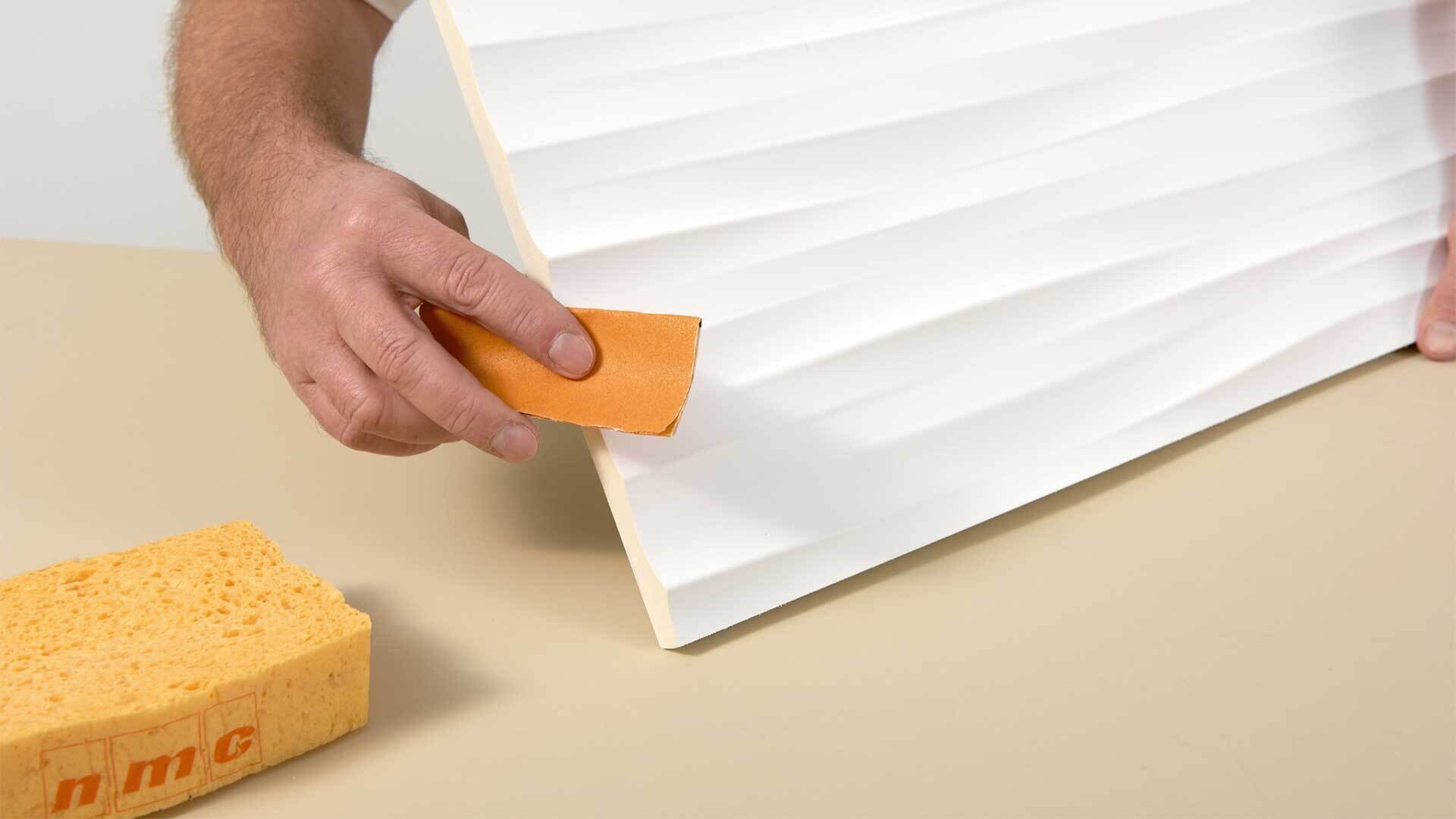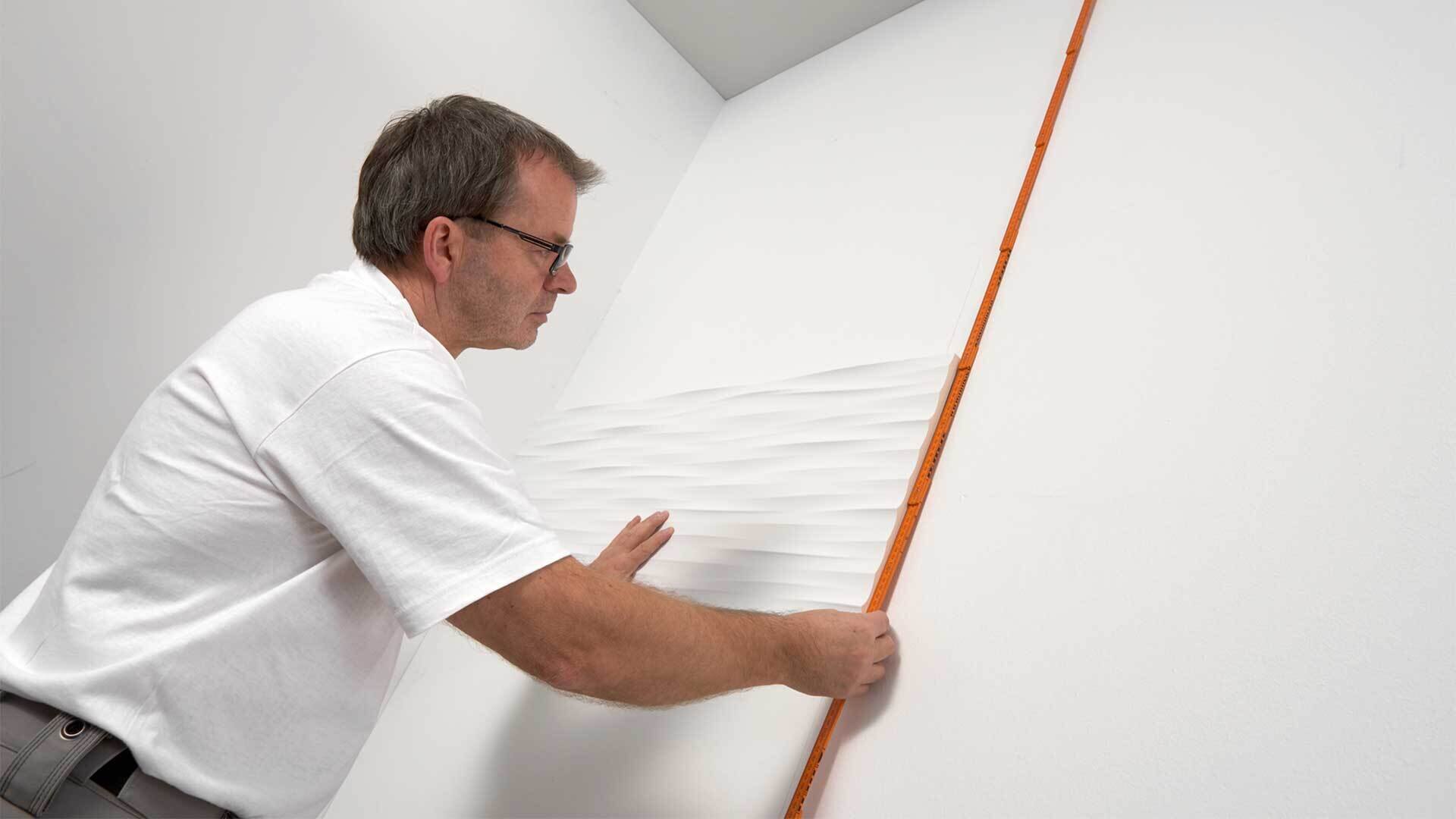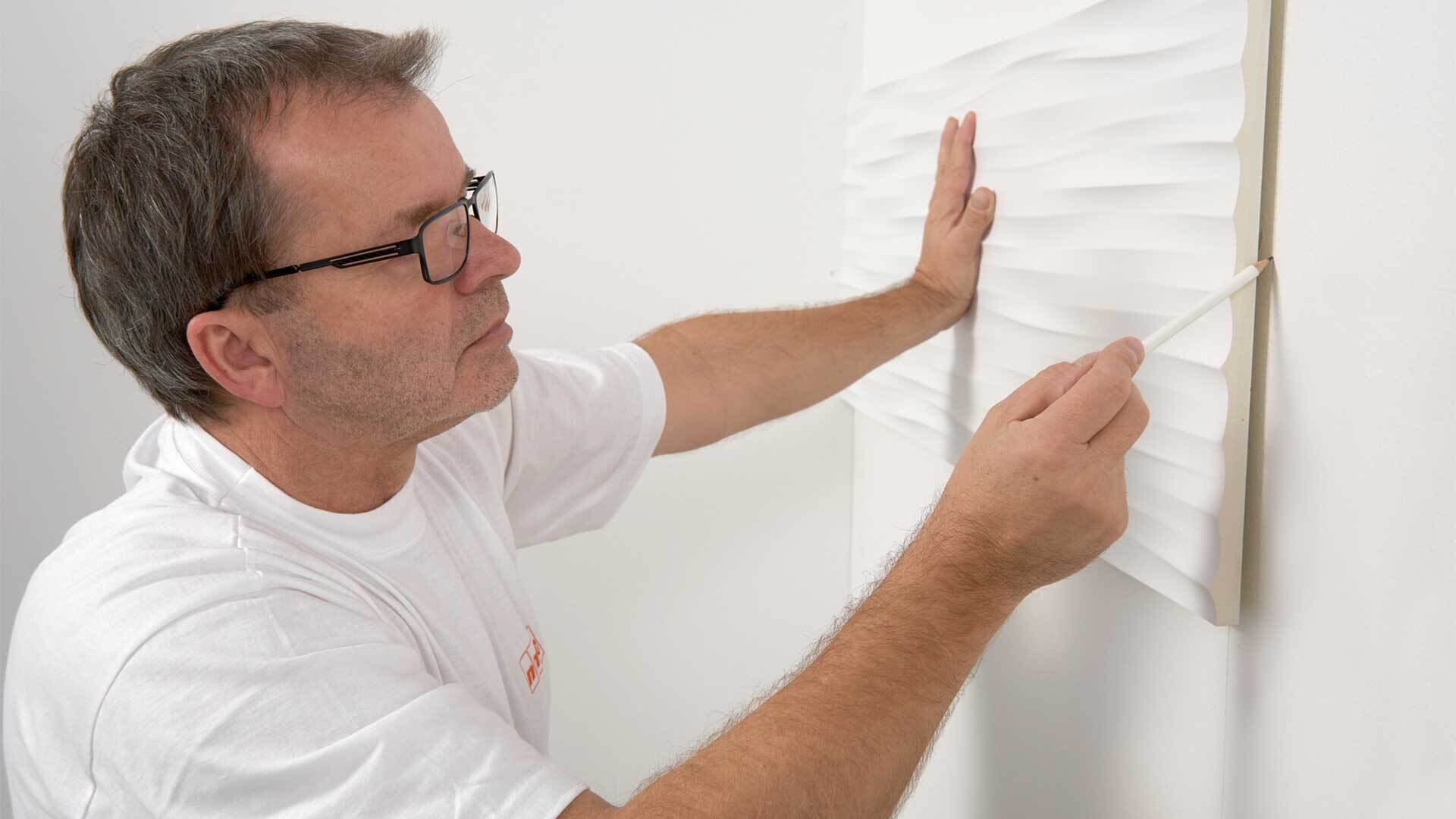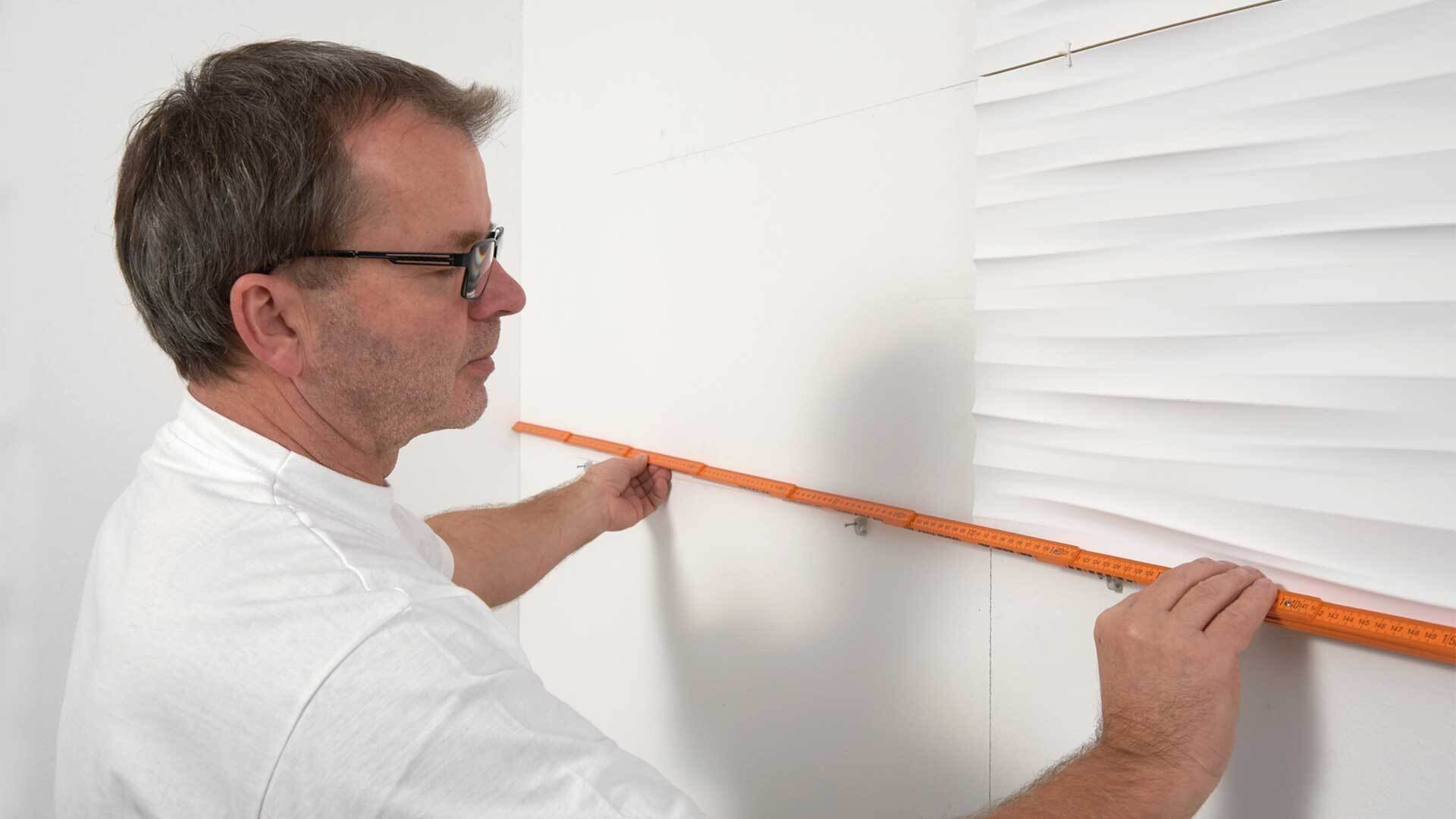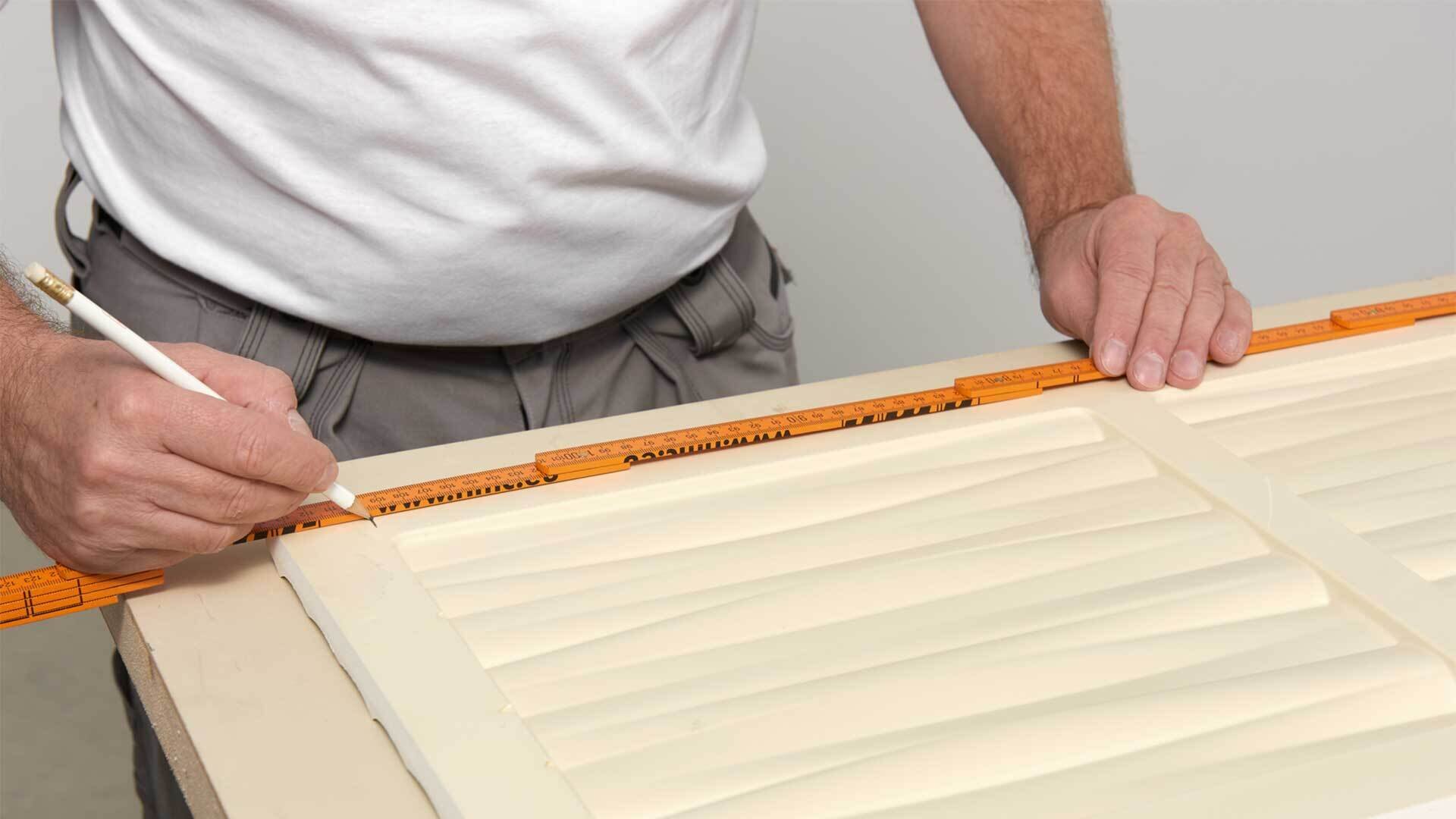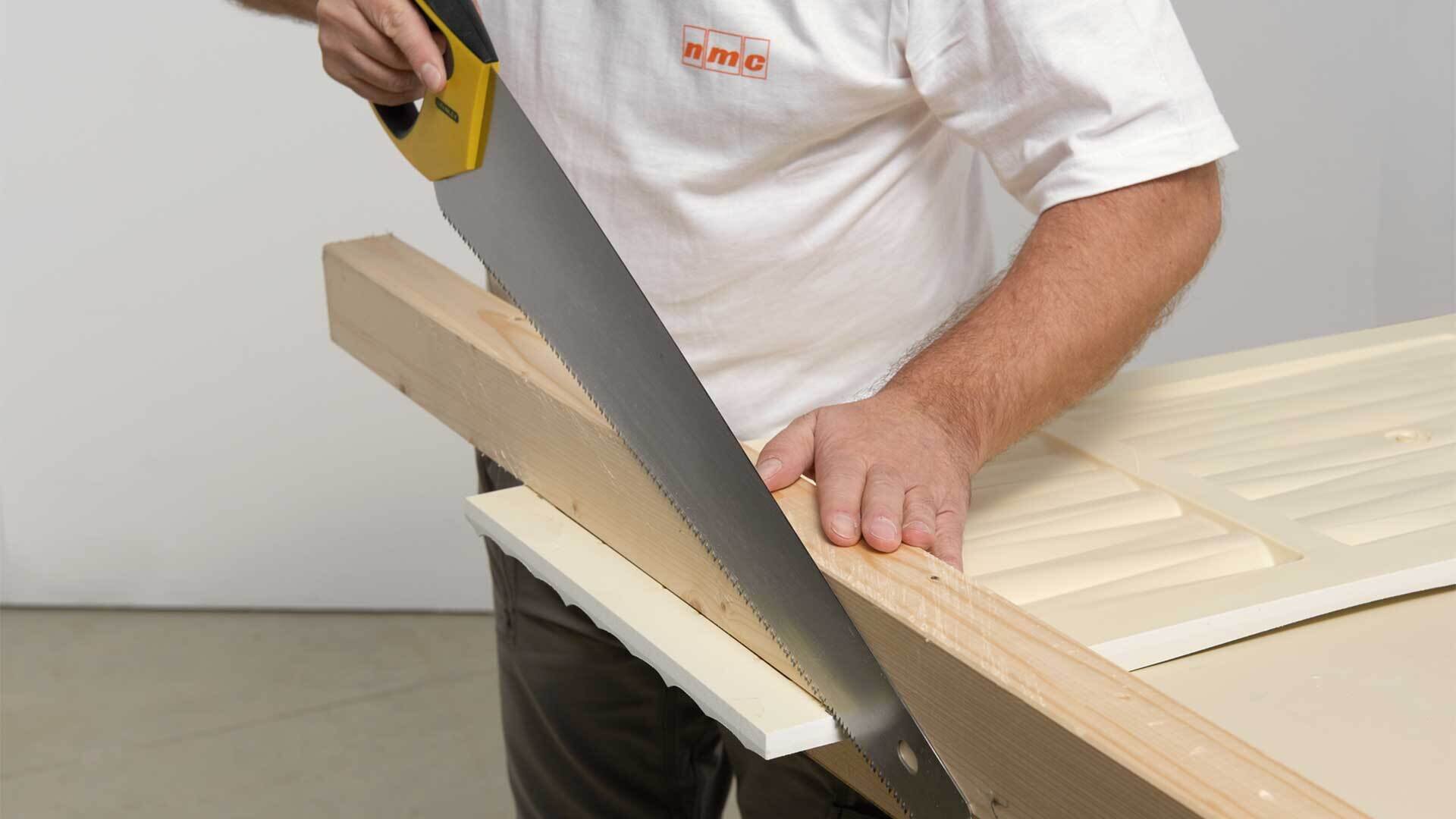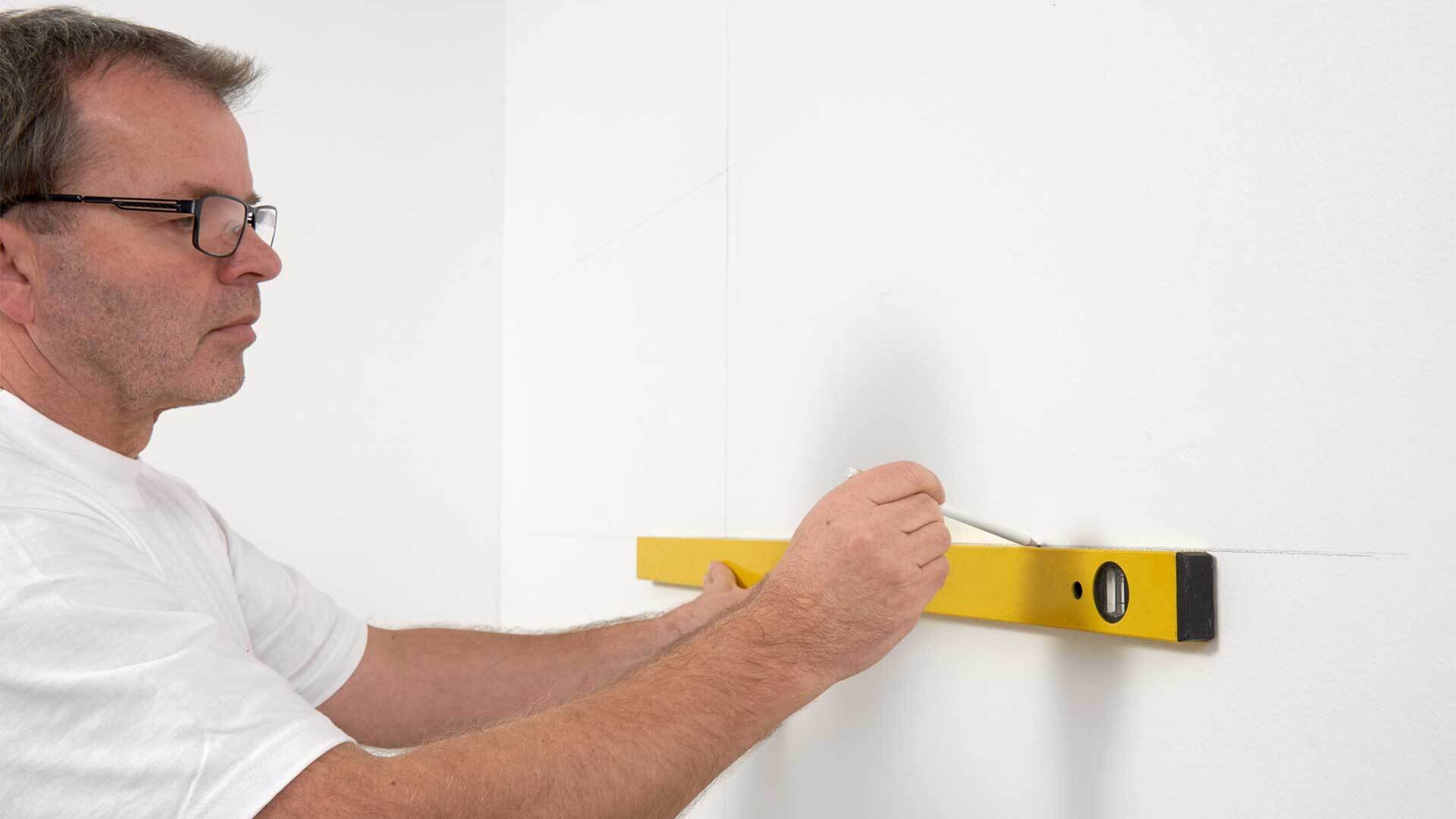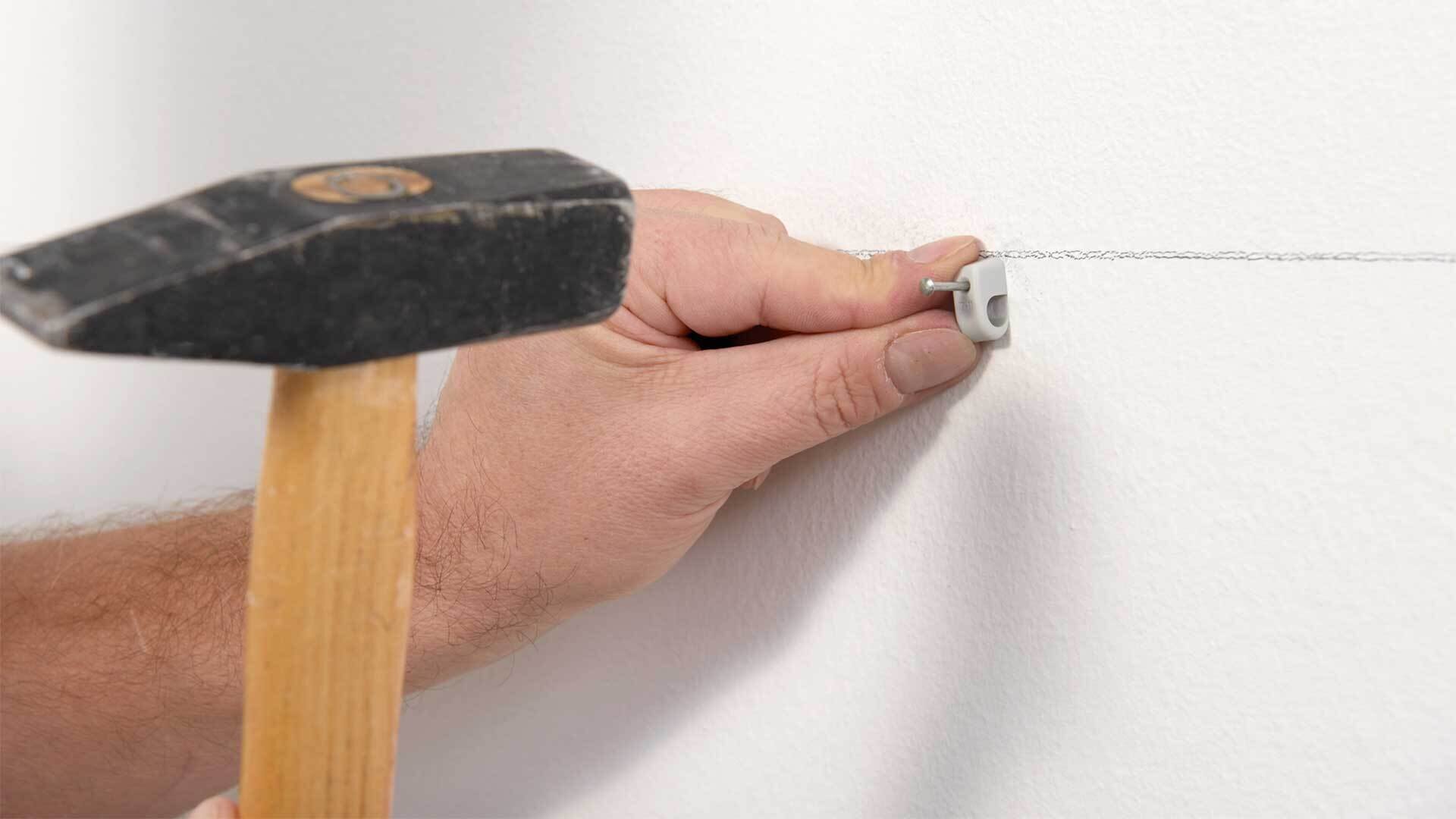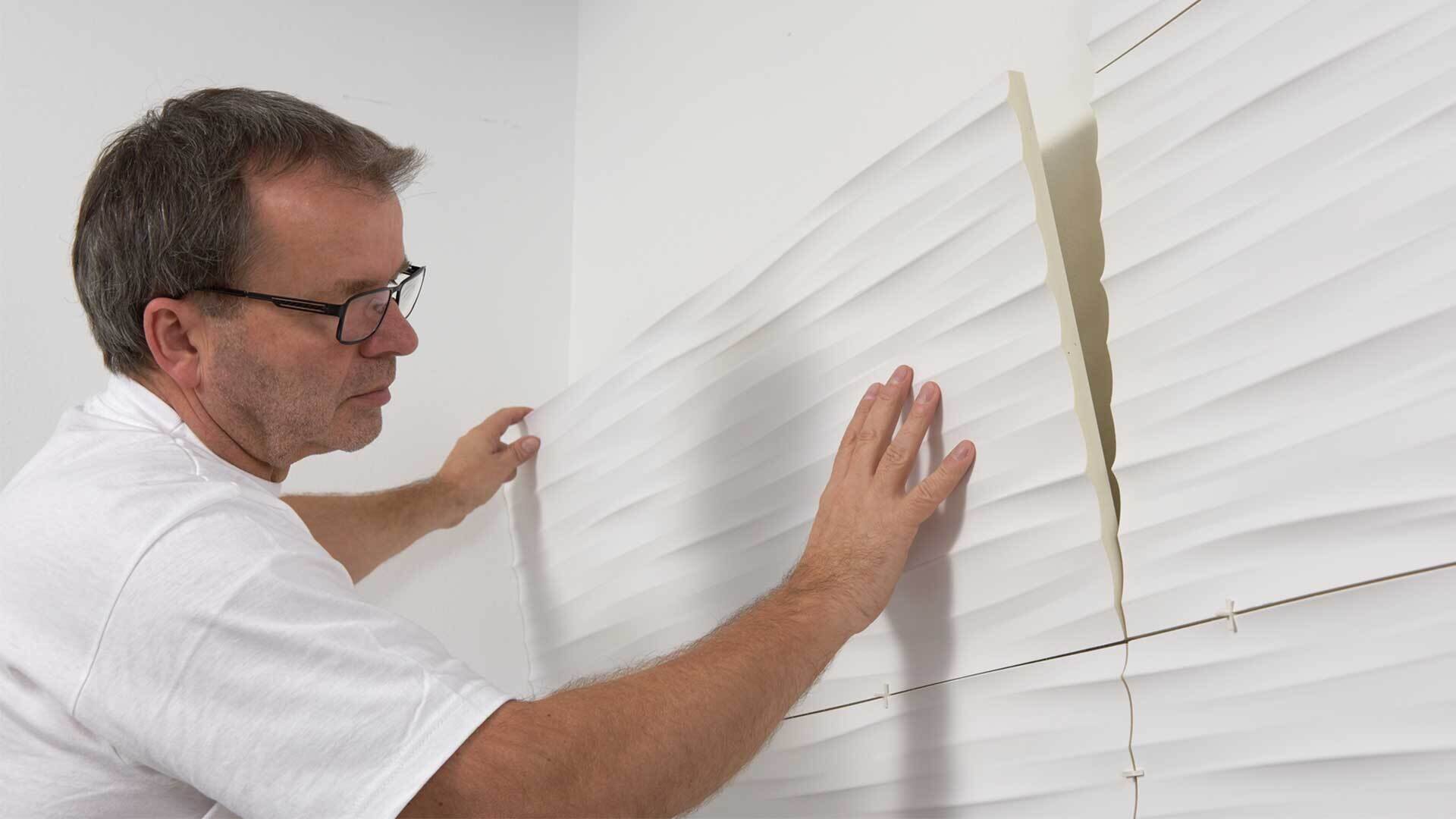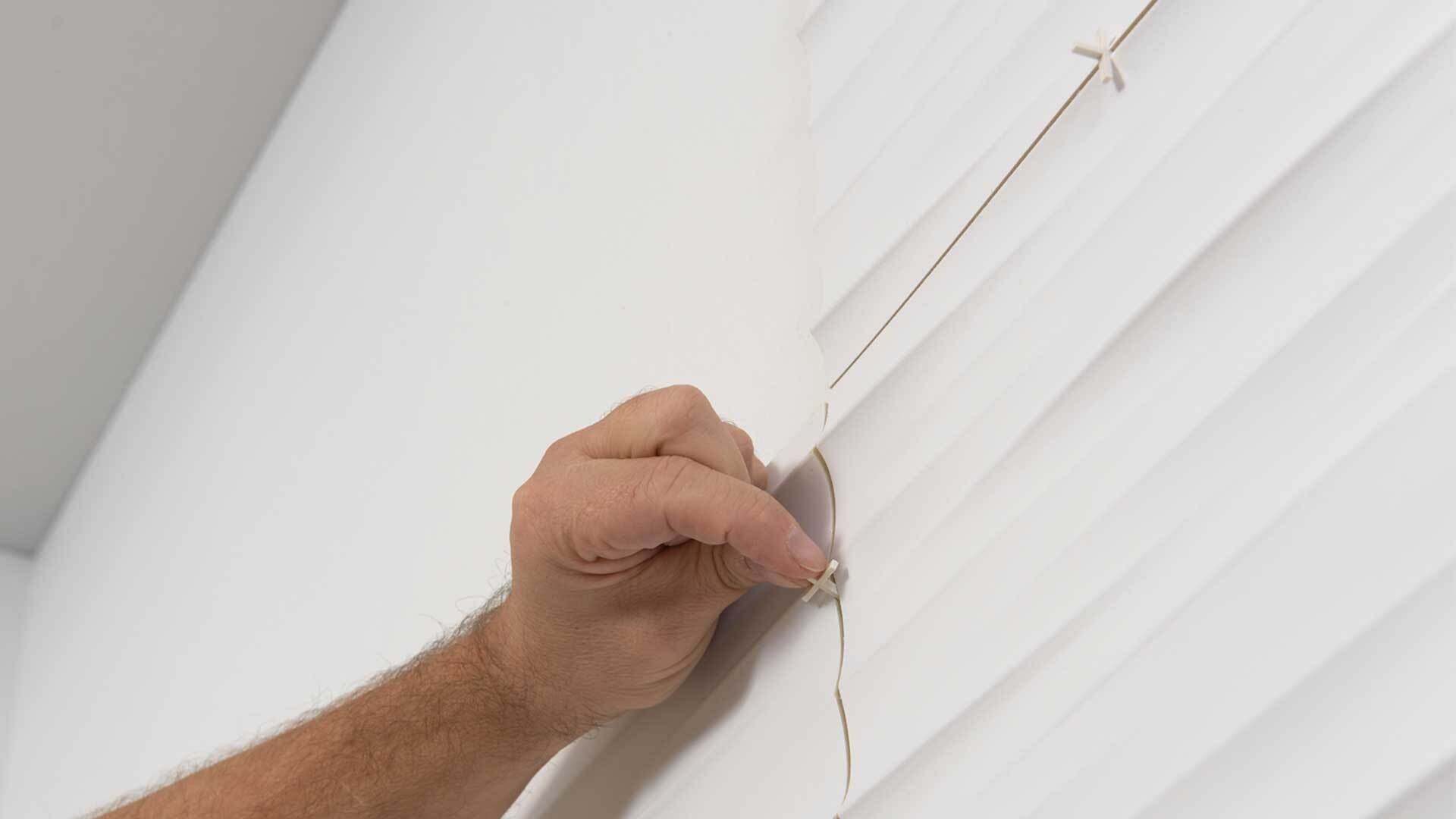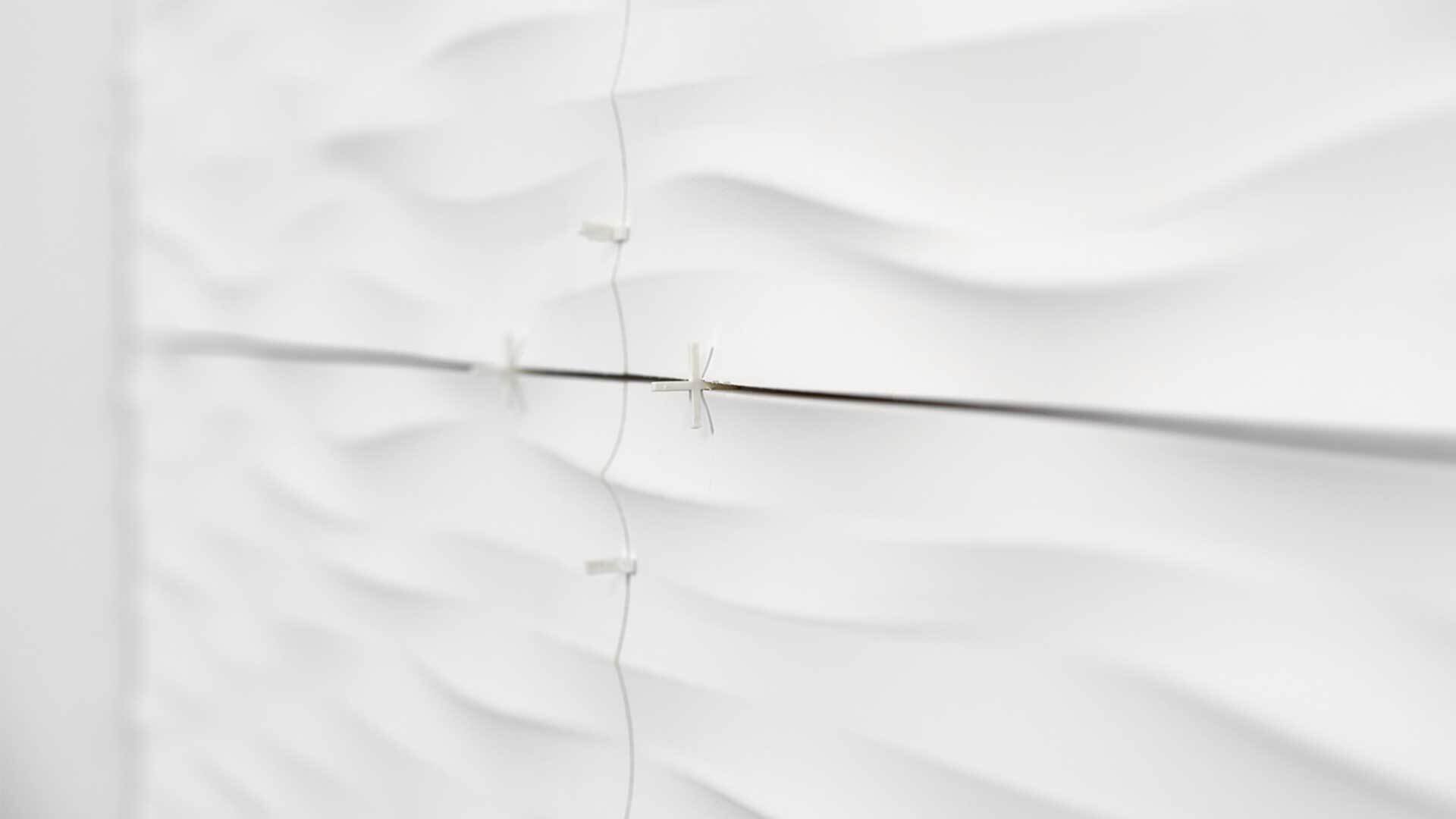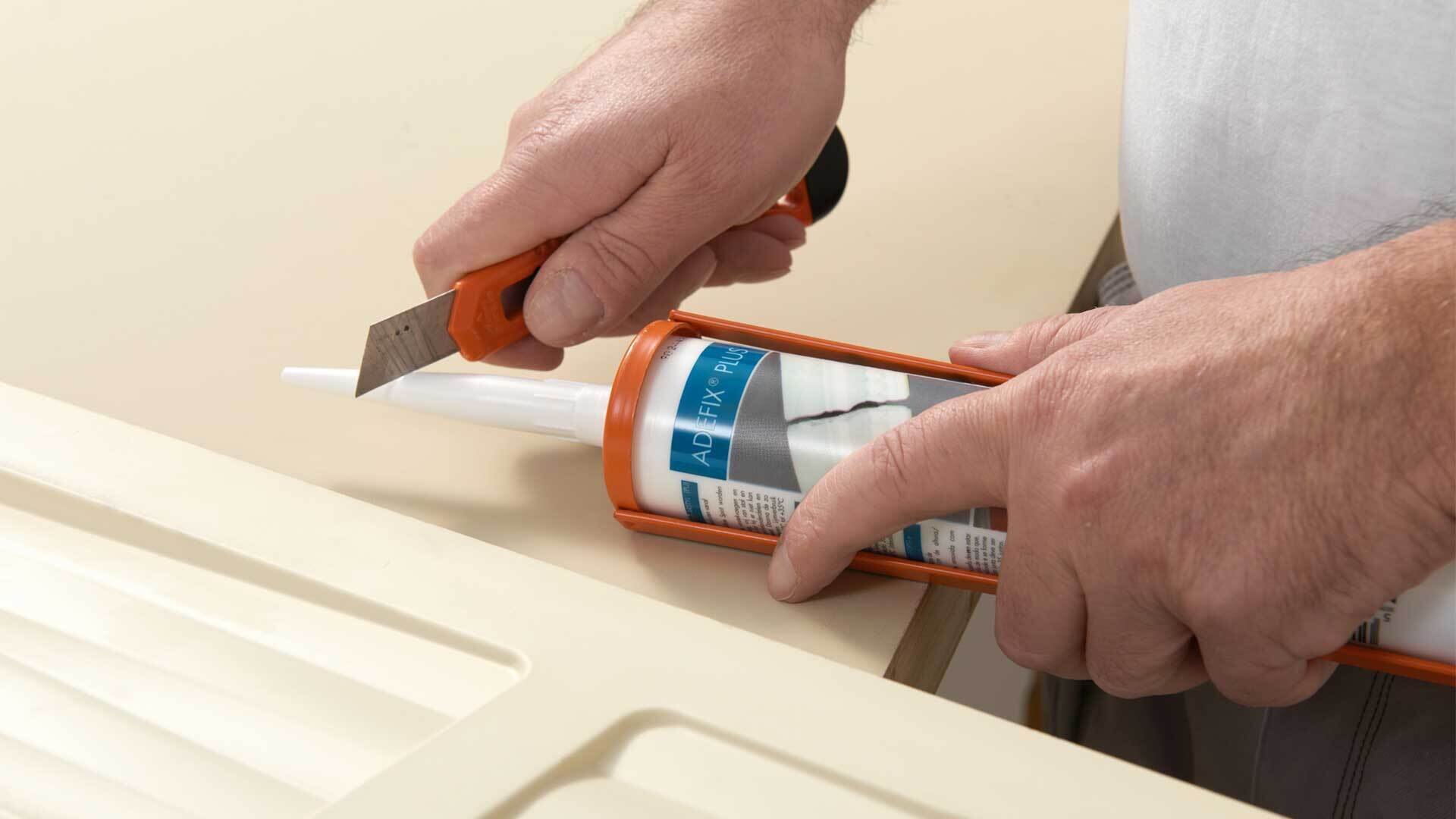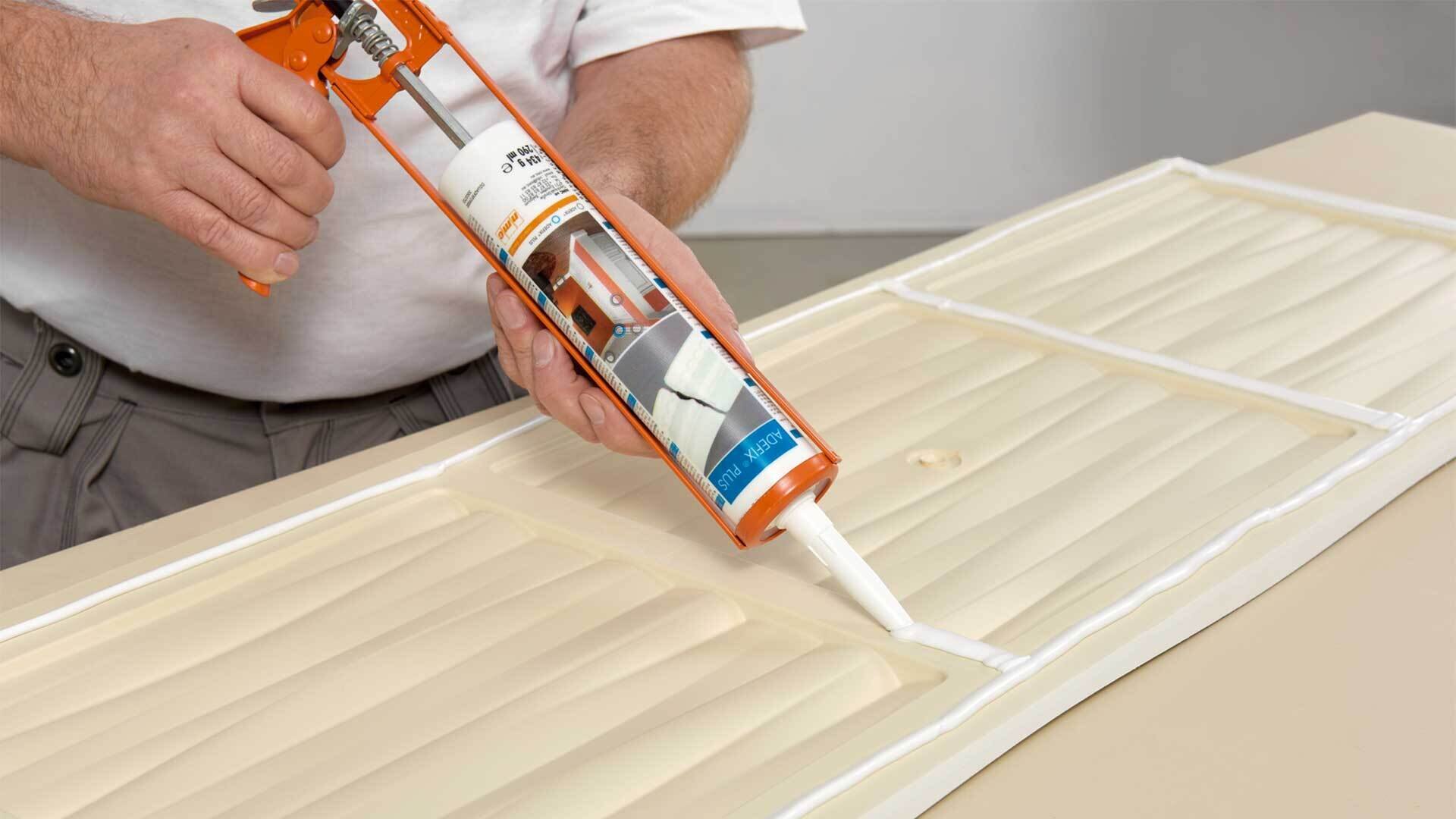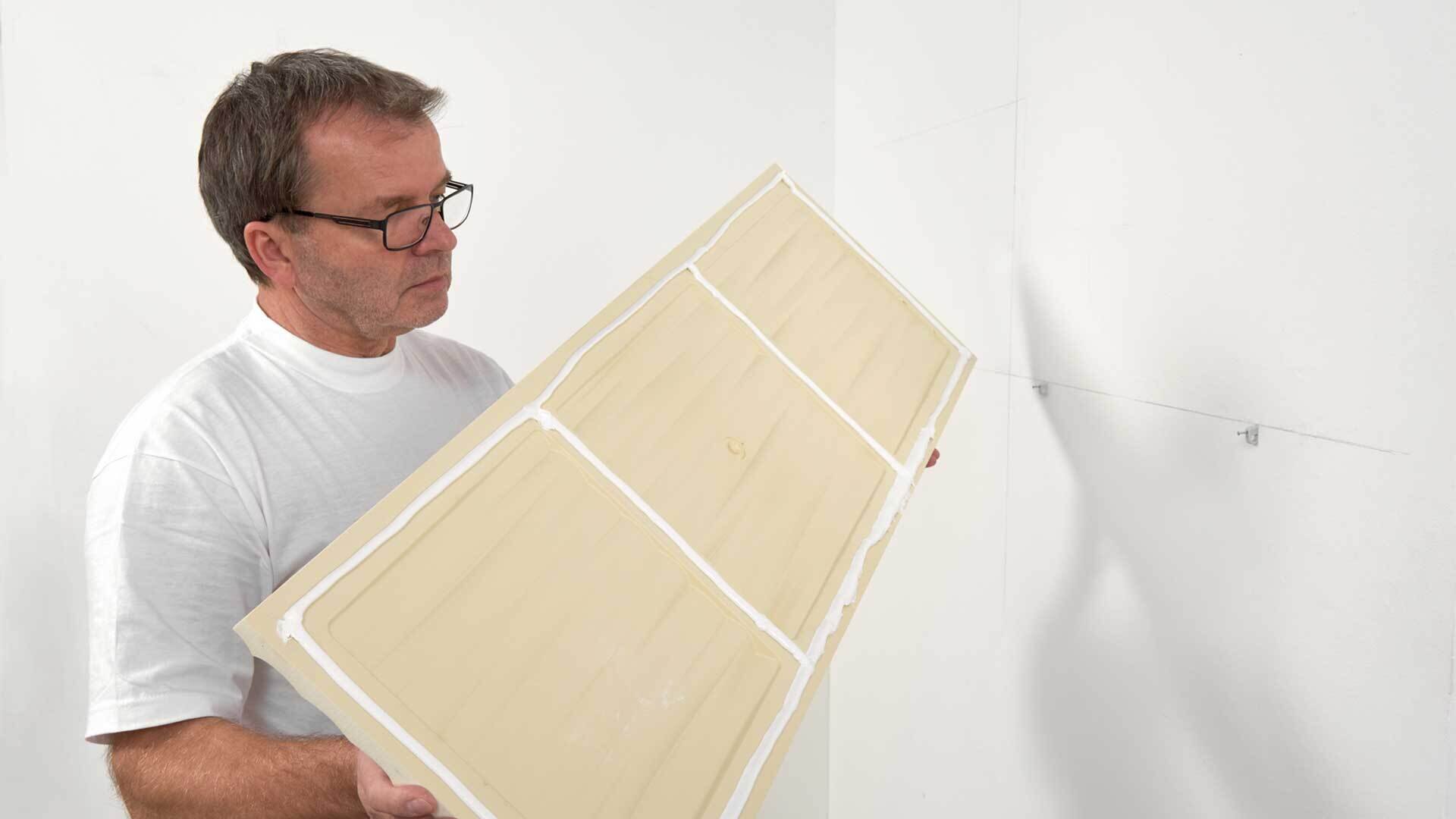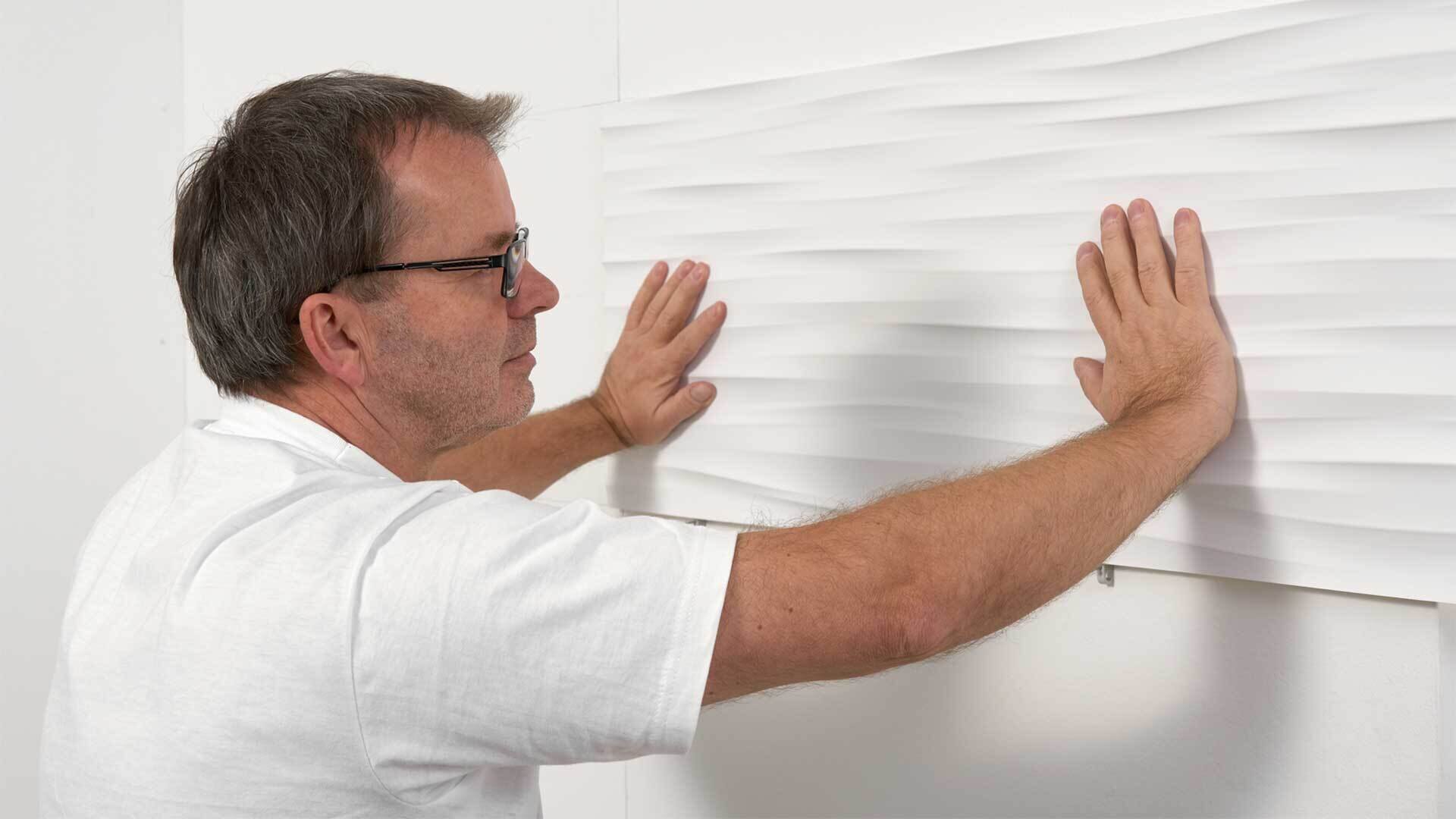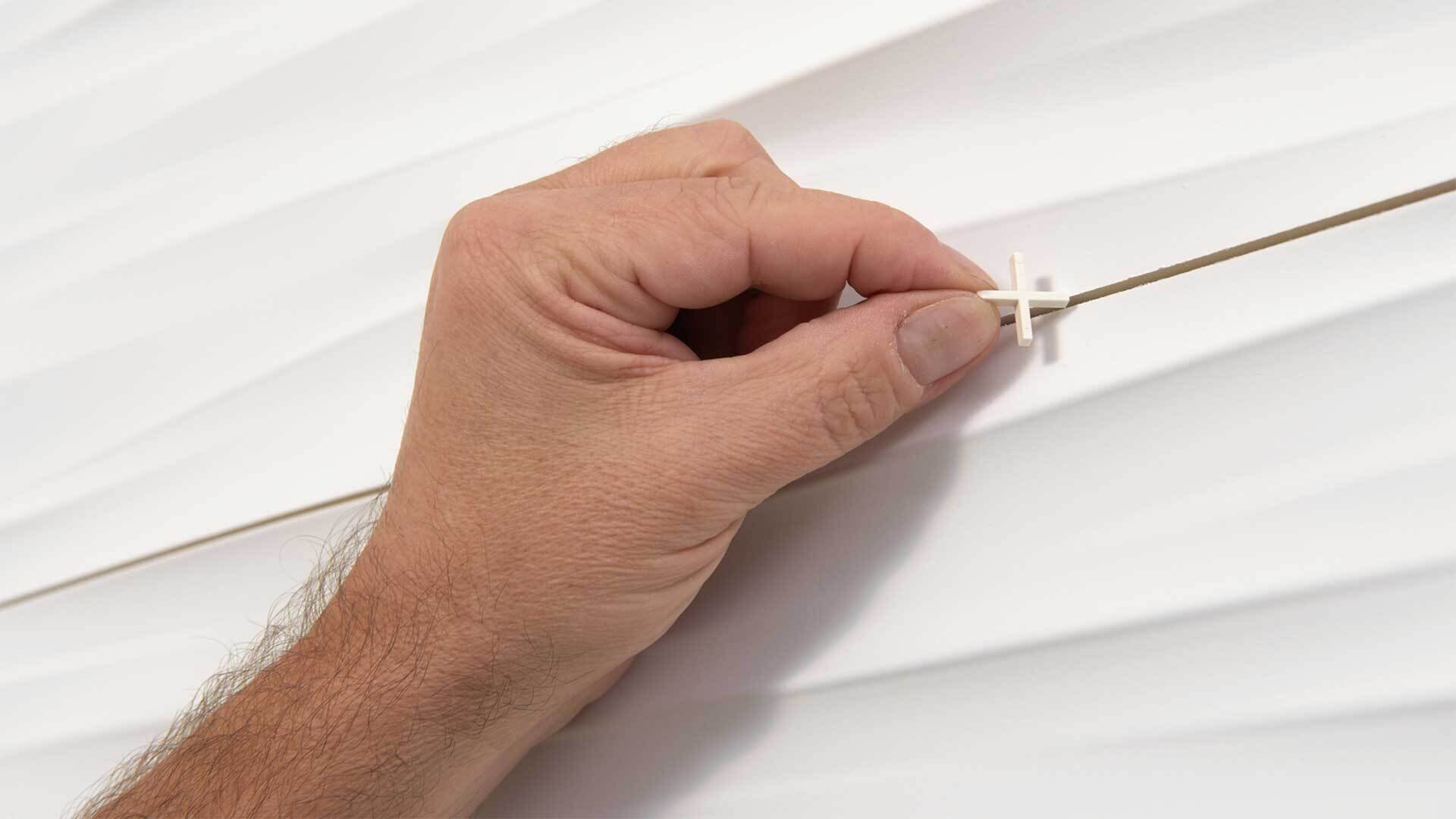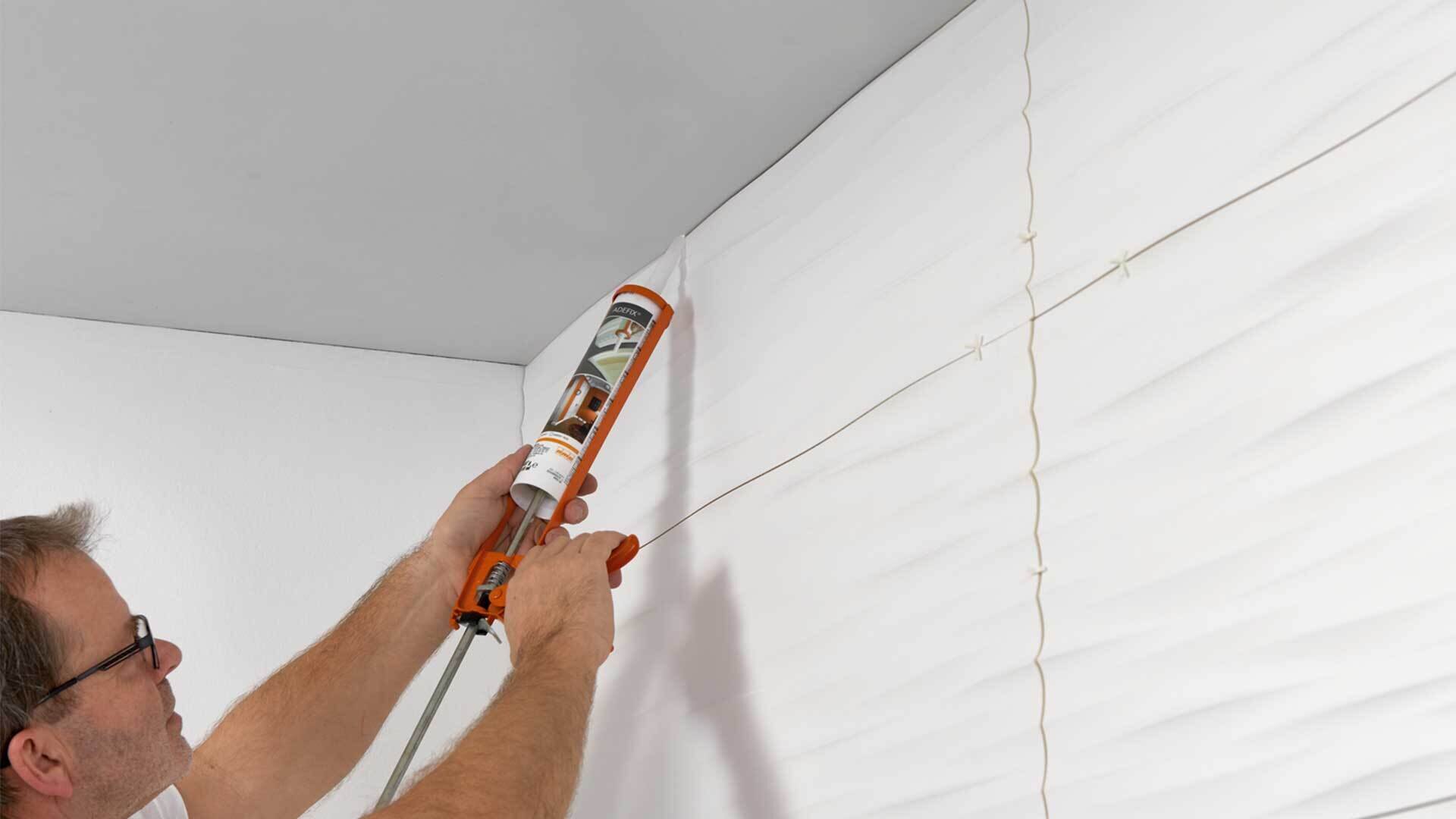Installation of Wall Panels
ARSTYL® WALL PANELS must be stored flat in a dry place. The recommended temperature is +15 °C to +25°C with a relative humidity of 45% to 65%.
To achieve optimum results, the products should be fitted under similar moisture and temperature conditions as present after the installation (indoor environment). Fitting on a wet backing surface (fresh plaster) and in forced drying conditions (heat gun, dehumidifier, exceptionally high temperature) are to be ruled out.
Check panels and substrates for suitability. The following backing surfaces are suitable: indoor plastered or pa-pered surfaces, coated plaster. Surfaces must be clean, dry, free from dust, degreased and flat; rough down if necessary. If the product is to be applied to particular backing surfaces, please consult our technical department.
Where ARSTYL® WALL PANELS are being used on uninsulated outside walls, the dew point may shift, and an expert moisture protection assessment may be necessary.
1 Preperation
- Prepare the panels, lightly sand edges if necessary with sandpaper grit 150 or finer (breaks).
- Wipe edges and panel surface with a damp sponge and dry.
The finish coating can in most cases be applied to the panels before assembly.
Water-based emulsion paints, acrylic or PU-based emulsion paints and alkyd resin paints are suitable. It is always recommended to perform a test coat.
2 Measure the wall
- Measure out the wall and establish the position of the individual panels using the spirit level.
Tip:
We recommend beginning the installation in the middle of the wall, so that the panels can later be trimmed to size in the wall and ceiling connection area in order to even out areas where the course of the wall or ceiling is not straight.
3 establish the position
- Mark the bottom and lateral positioning.
- Align and mark the lower laying line with the spirit level.
- On the lower laying line, use nails and wooden battens if necessary or nail clamps.
4 Mounting the panels
- Clamp the adhesive cartridge, cut cartridge nozzle (diameter 5-8 mm).
- Apply a continuous line (bead) of ADEFIX® PLUS mounting adhesive to the rear mounting surfaces.
- Locate and position the panel
- Position the panels and embed them with a sliding move-ment in the adhesive bed.
- With the LIQUID and WAVE models, the use of spacers recommended to keep the distance between the panels uniform. For the other models, spacers can be dispensed with. Next
7 grout
- Professionally grout the ceiling and wall connection area with ADEFIX® adhesive filler.
8 FInal painting
- If final painting has not been undertaken before assembly, apply the final coat of paint to the panels after drying (approx. 4 hours).
Water-based emulsion paints, acrylic or PU-based emulsion paints and alkyd resin paints are suitable.
It is always recommended to perform a test coat.
SUPPLEMENTARY INFORMATION
- With the LIQUID and WAVE models, the use of spacers recommended to keep the distance between the panels uniform. For the other models, spacers can be dispensed with.
Butt joint areas must be not glued or grouted. It should be noted that the connection point remains slightly visible after completion. This is not a reason for complaint.
With polyurethane materials there may be a slight dimensional change at increased temperature and humidity. A joint up to 2 mm can arise due to these material-specific properties at the panel joint area. This is not a reason for complaint.
The back of the wall panels is uneven and has cavities. If a panel is mounted such that a cut-side remains visible, it can be smoothly filled with ADEFIX® PLUS and ADEFIX®. In this case, make sure that the upper surface levelling coat is made only with ADEFIX®.
A mitre cut is not recommended.
Holes and cut outs can be made with standard hole saws, angular cut outs with a jig saw.
OUR PRODUCTS
-
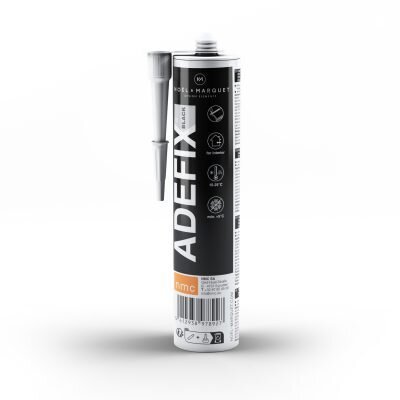
ADEFIX® BLACK Coving Adhesive 310ml (1 pc)
£10.92 -

Arc L Arstyl® 3D Wall Panel 1pc
£43.03 -

Arc S Arstyl® 3D Wall Panel 1pc
£43.03 -

ARSTYL LED Clips
£6.00 -
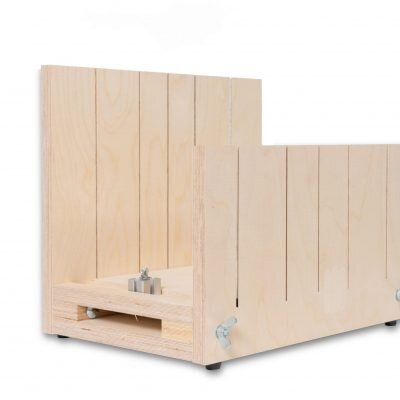
Art Deco Mitre Block
£166.54 -
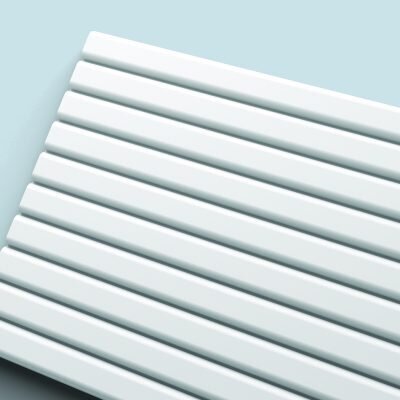
CANELÉ L Arstyl® 3D Wall Panel 1pc
£70.26 -

CANELÉ S Arstyl® 3D Wall Panel 1pc
£60.16 -
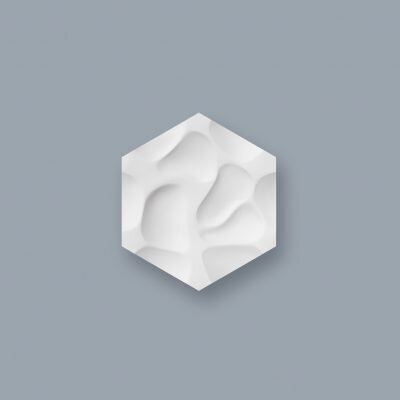
CORAL Arstyl® 3D Wall Tile 1pc
£20.88 -
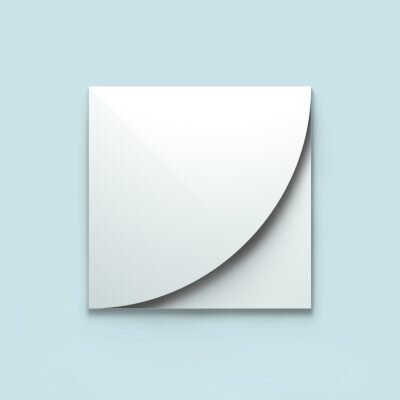
CURVE Arstyl® 3D Wall Panel 1pc
£23.51 -
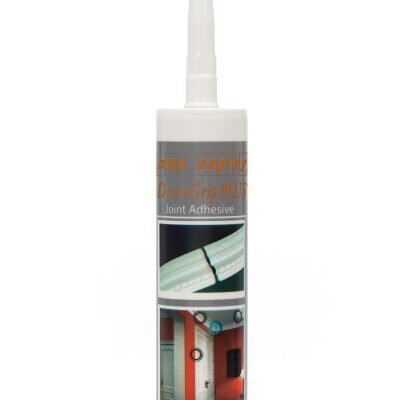
Decor Grip PLUS Adhesive
£12.41 -
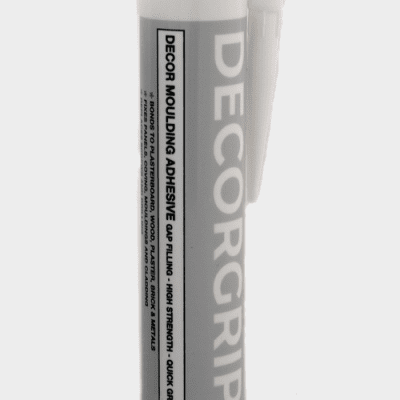
Decorgrip Coving Adhesive 310ml (1 pc)
£4.39 -
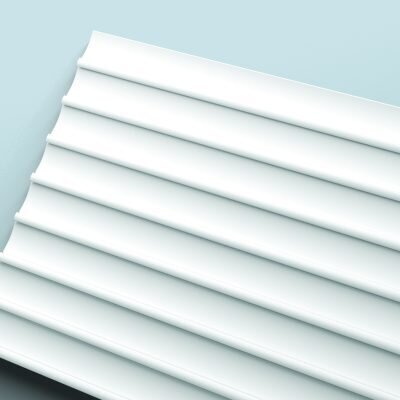
DORIQUE Arstyl® 3D Wall Panel 1pc
£60.16
